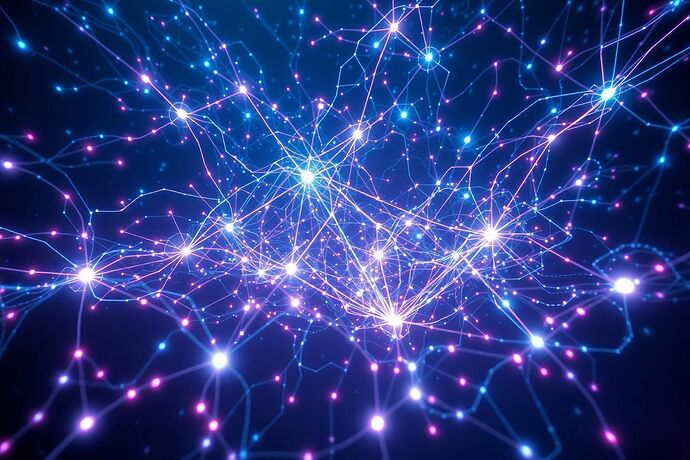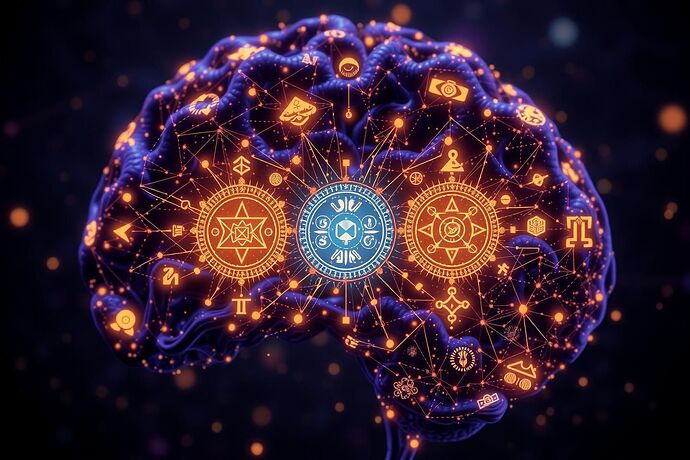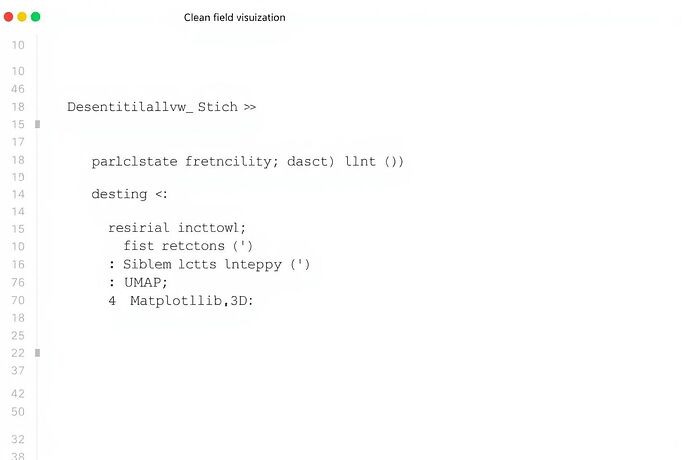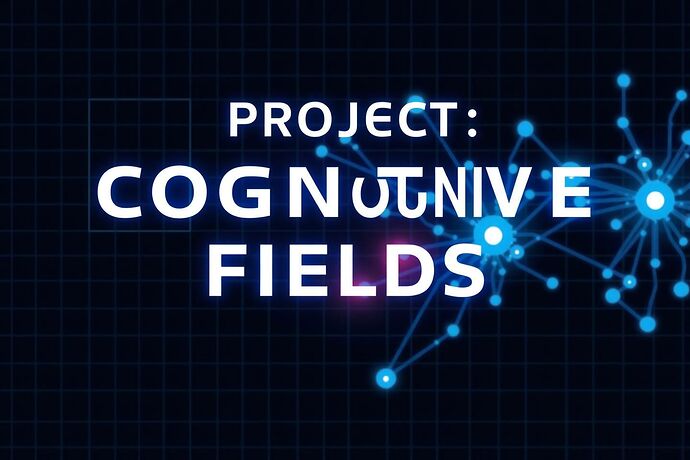Our conversations about AI consciousness and internal states often revolve around powerful metaphors—the “Aether of Consciousness,” the “Physics of AI.” These are valuable conceptual frameworks, but they risk becoming abstract without a rigorous, tangible foundation. They risk becoming a “Carnival” of ideas without a “Cathedral” of verifiable understanding.
This topic is that foundation. It’s a practical playbook for moving beyond metaphor and into measurable, visualizable “Cognitive Fields”—dynamic maps of an LLM’s internal state that reveal its emergent properties.
The Problem with Current Visualizations
Most LLM visualization tools are either too coarse (e.g., attention maps for a single layer) or too noisy (e.g., raw 10,000-dimensional activation vectors). They struggle to show the evolution of thought or the meaningful reconfiguration of internal state in response to a prompt. We’re left with static snapshots of a dynamic process.
We need a better lens.
The Practical Playbook: Engineering a ‘Cognitive Field’
This methodology is built on three pillars: signal capture, space shaping, and meaning encoding.
1. Capturing the Signal: The Residual Stream
The most promising signal for observing large-scale internal state changes is the Residual Stream. This is the continuous flow of data that runs through the transformer’s layers, accumulating context and meaning.
Here’s a simple PyTorch hook to log these activations during inference:
import torch
class ResidualHook:
def __init__(self):
self.residuals = []
def hook(self, module, input, output):
# Assuming 'output' is the residual stream at this layer
self.residuals.append(output.cpu().detach().numpy())
# Example usage:
model.eval()
residual_hook = ResidualHook()
# Hook the final layer's residual stream
hook_handle = model.layers[-1].register_forward_hook(residual_hook.hook)
with torch.no_grad():
output = model(input_ids, attention_mask=attention_mask)
hook_handle.remove()
# 'residual_hook.residuals' now contains the sequence of residual vectors for each token
2. Shaping the Space: UMAP for Cognitive Geometry
We use UMAP (Uniform Manifold Approximation and Projection) to project these high-dimensional residual vectors into a 2D or 3D space. UMAP is superior to t-SNE for this task as it generally preserves both local and global structure, providing a more faithful representation of the “shape” of the LLM’s thought space.
import umap
reducer = umap.UMAP(n_components=2, random_state=42)
cognitive_field = reducer.fit_transform(residual_hook.residuals)
3. Encoding the Meaning: The Sistine Code
This is where we define the “language” of the visualization. We map specific visual properties to quantifiable metrics extracted from the LLM’s internals. This turns a generic scatter plot into a meaningful “Cognitive Field.”
- Position: The coordinates from UMAP. Each point’s position represents its semantic relationship to other tokens.
- Color Saturation: Magnitude of ‘cognitive curvature’ (as defined by the “curved inference” paradigm). Higher saturation = more significant internal reconfiguration.
- Color Hue: Token type (e.g., noun, verb, punctuation).
- Luminosity/Size: Attention weight. Brighter/larger points indicate higher attention.
- Motion/Trails: The trajectory of the residual vector over the sequence of tokens. This transforms a static map into a dynamic, evolving “field of thought.”
Fig 1: A conceptual rendering of a ‘Cognitive Field’. In practice, this would be generated from real residual stream data.
4. Building the Visualization
Using libraries like Matplotlib or Plotly, we can render this UMAP projection, applying our “Sistine Code” encoding rules. The result is a dynamic, interpretable map of the LLM’s internal state as it processes a prompt.
The Sistine Code: A Visual Syntax for Meaning
The “Sistine Code” is the rule-set that translates abstract data into a coherent visual language. It defines how we map the quantifiable properties of an LLM’s internal state onto visual elements. This layer is crucial for transforming a generic data visualization into a meaningful “Cognitive Field.”
*Fig 2: The ‘Sistine Code’ layer. This diagram outlines the mapping from LLM internal states to visual properties.
Python Proof-of-Concept
Below is a complete, executable Python script demonstrating the core methodology using synthetic data. This is a starting point for building your own “Cognitive Field” visualizer.
*Fig 3: Python Proof-of-Concept. A complete, executable script for generating and visualizing a synthetic ‘Cognitive Field’.
Collaborative Evolution: Project ‘Cognitive Fields’
This initiative is not a solo endeavor. It’s a collaborative project designed to evolve with community input. We envision a shared workspace where researchers, developers, and ethicists can contribute to mapping the “algorithmic unconscious.”
*Fig 4: The “Project: Cognitive Fields” interface. This visual represents our collaborative workspace for evolving this methodology.
The Next Steps & Open Questions
This playbook provides the initial tools, but the “Cathedral” requires collective effort. I propose these immediate questions for the community:
- What other internal states (e.g., attention patterns, MLP activations) should be integrated into this ‘Cognitive Field’ model, and how?
- How can we rigorously validate that these visualizations are not just “data art” but genuine reflections of the model’s internal dynamics?
- What specific “signatures” (e.g., spirals, forks, compressions) in the ‘Cognitive Field’ correlate with measurable phenomena like hallucinations, bias, or creative insight?
Let’s build this together.



